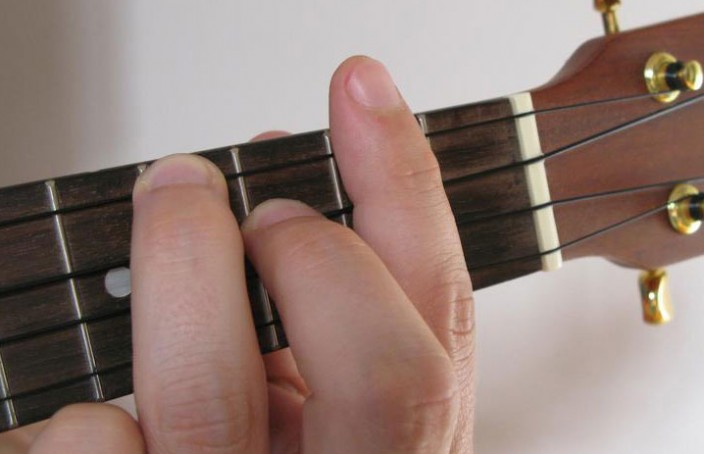Double Stops
The technique of playing only two notes at the same time is known as a double stop, when done correctly it can sound very pretty on the ukulele. The key to practicing double stops is to make sure you only pluck the two strings that are to be played. Double stops are also great practice for your music theory, as they consist of two note intervals. Remember intervals are the difference between two pitches, and since we are dealing with two notes at a time here are some of the more common intervals (using the G major scale G-A-B-C-D-E-F#-G): G-B is the major third interval, as the B is the 3rd note G-C is the perfect fourth G-D is the perfect fifth G-E is the major 6th G-G is the octave or perfect 8th If we want a G minor third interval? Well the G minor scale is G-A-Bb-C-D-E-F#-G so that[…]
Read More




No comments yet.
Add your comment